This Week At Angama #52
1 February 2019 | This Week at Angama | Adam Bannister

It is hard to believe that we started our This Week At Angama blog series a year ago. When I suggested it over an informal lunch meeting I had no clue what it would grow into. It has taken on a life of its own, and I truly hope you have all enjoyed the journey so far. Documenting an entire year through photography is a fantastic way to notice subtle changes in the landscape. It has also allowed us to keep track of some of the characters we regularly bump into in the Maasai Mara. However, personally it has forced me to look creatively at the subjects I am lucky enough to see every day – to try to think out the box about how to take photographs in ways that have not already been done. Of course, this is not always possible, but every time I go out with my camera I am trying to showcase the Mara through a different perspective.
Time in the field has been short for me these last few days, and so I admit to bringing you slightly abridged This Week At Angama, but with some very special sightings indeed.
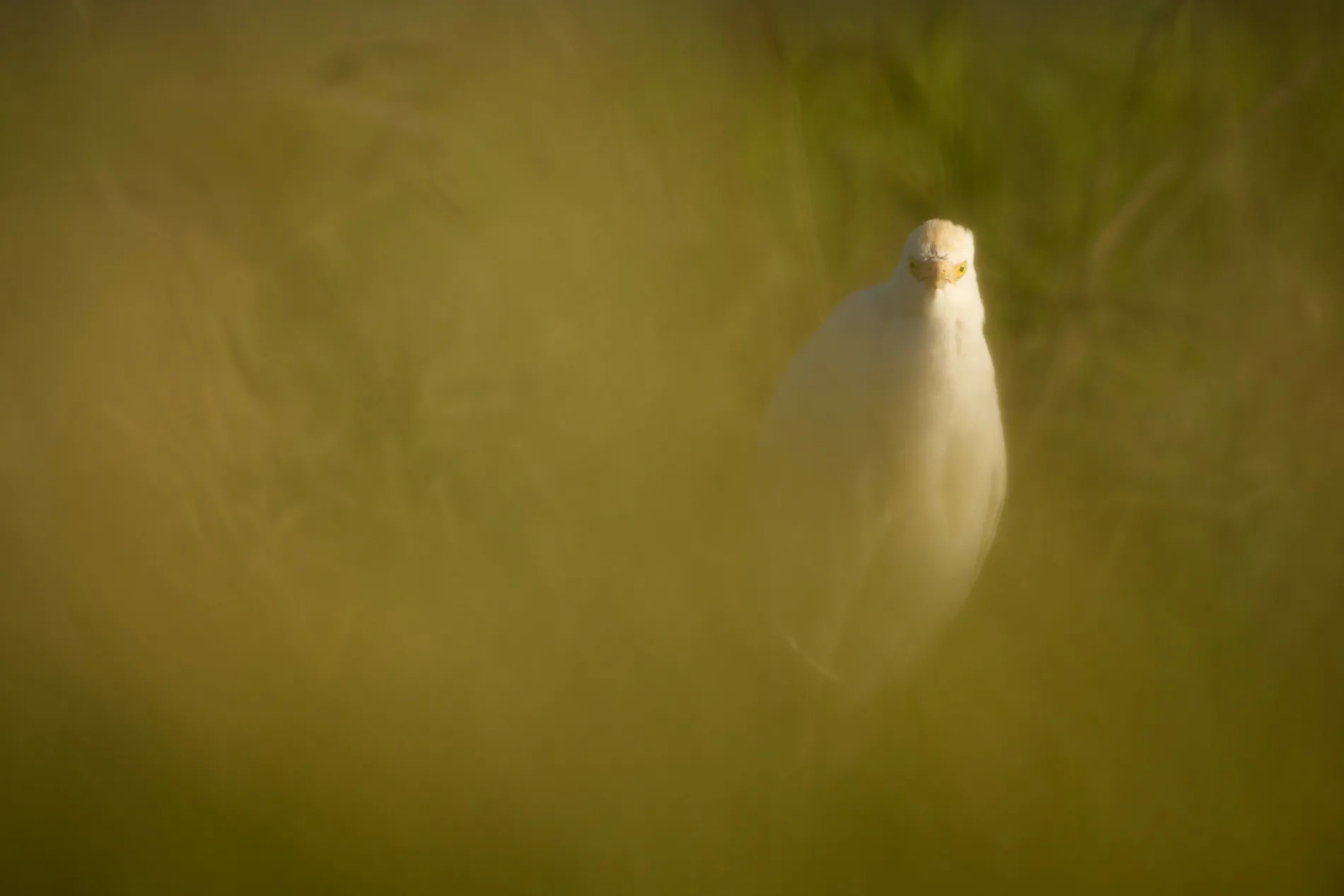
As mentioned above, I am always trying to showcase subjects in a new and refreshing way. Instead of simply driving past a flock of cattle egrets, I decided to take on the challenge of trying to get an image or two showing the innate beauty of this bird. [f 5.6, 1/2000, ISO 400, -0.33]

In the previous photo I hunched down with the sun to my back. This time I shot into the harsh sunlight, again using the low angle to give the birds more emphasis. Two completely different shots taken less then five meters apart. [f 5.6, 1/2000, ISO 400]
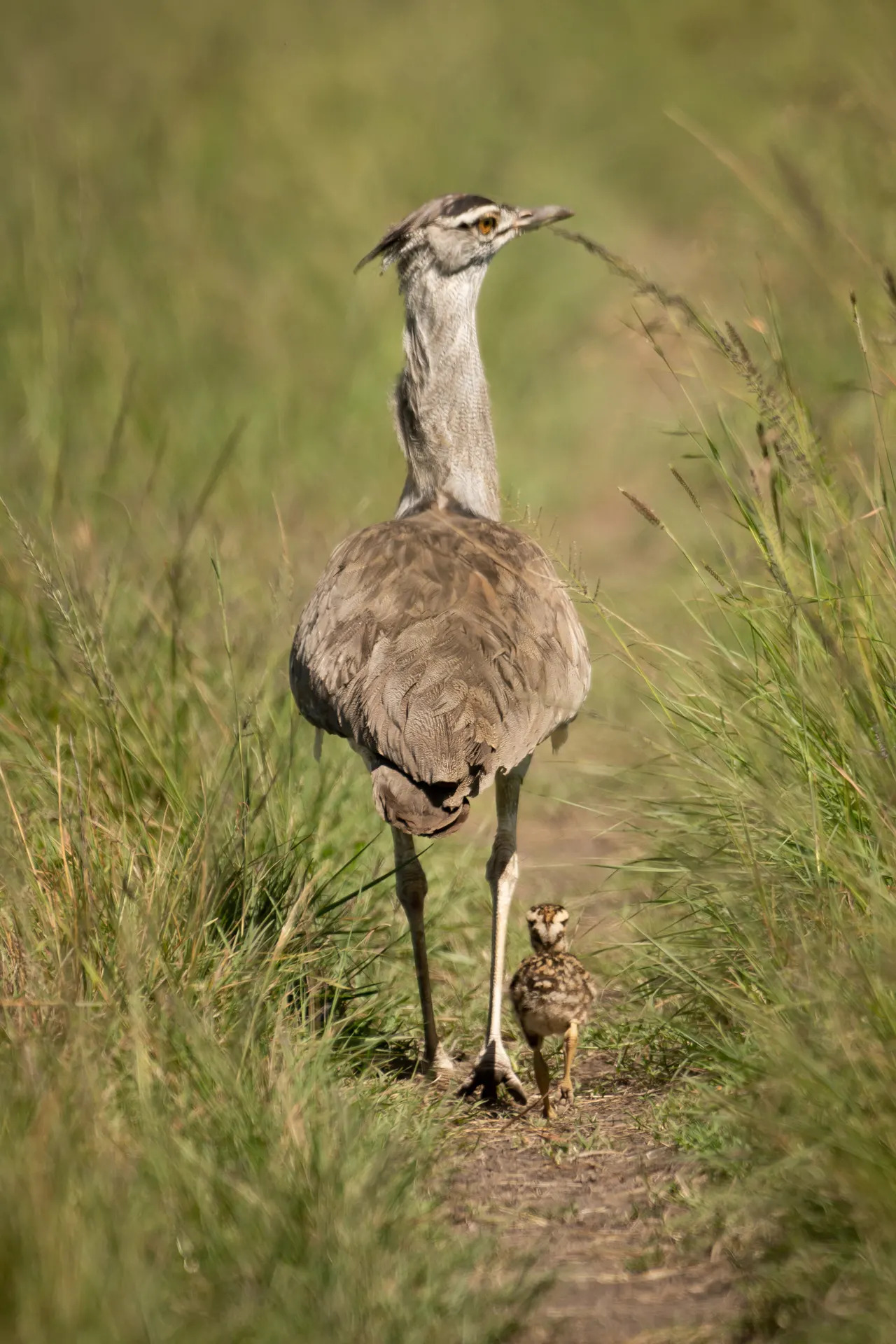
This was without a doubt the unexpected highlight of the week for me – the first time I have ever seen a baby kori bustard. A few weeks ago I managed to capture photographic proof of the heaviest flying bird in Africa eating carrion, and this week I got to see the other side of the coin – a mother protecting her recently hatched youngster. [f 5.6, 1/1000, ISO 500]
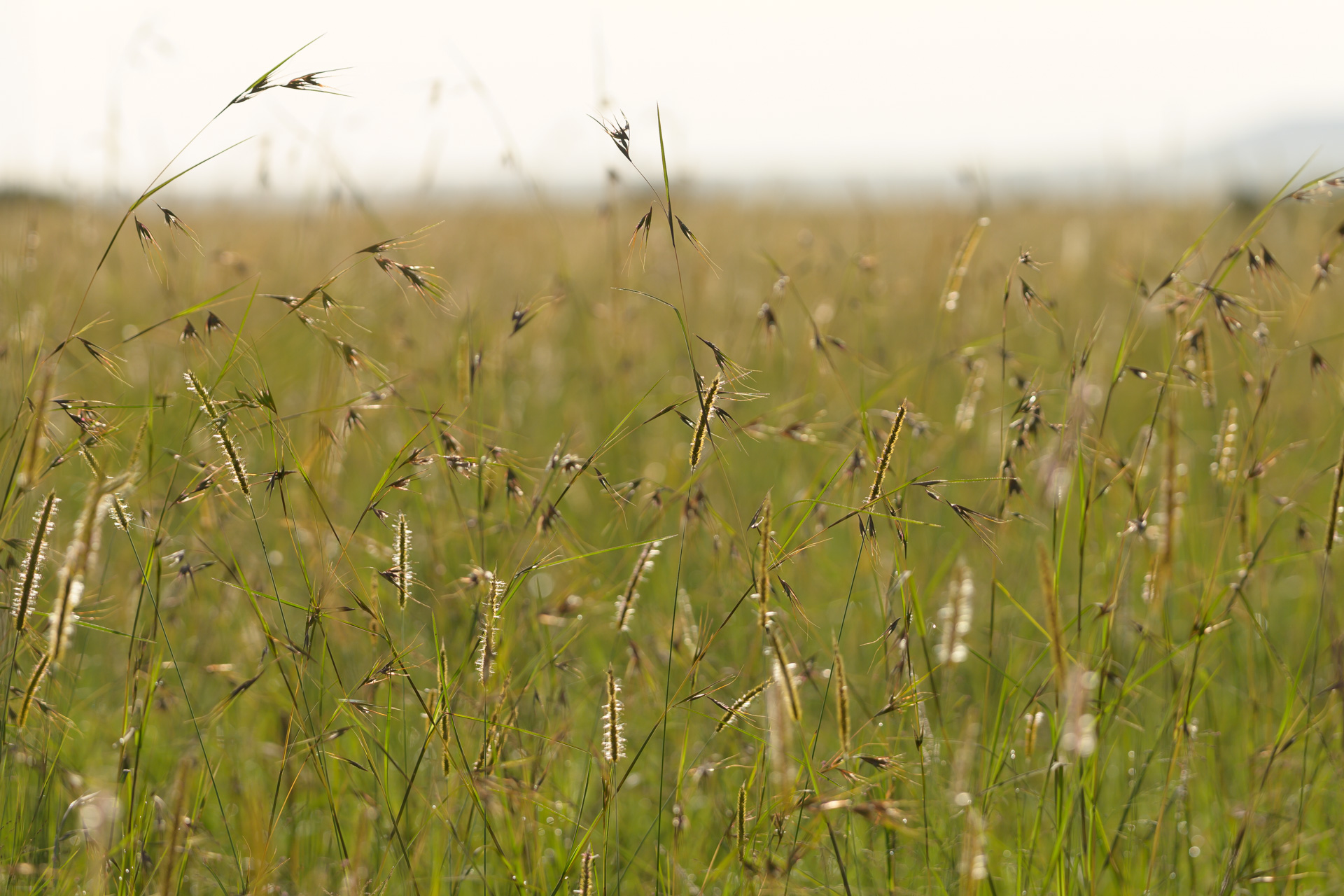
The greatest challenge about photography in the Mara in late January is the long grass, however this same grass is what makes the landscape so beautiful. You just need to find creative ways of capturing it. I am also happy to report that the gentle, nourishing rains appear to have subsided and the grasslands of the Mara Triangle are looking spectacular. We are all very excited for a great year ahead. [f 5.6, 1/2000, ISO 320]

Last year, around this time, I gave myself the challenge of trying to photograph a pintailed whydah in mid-flight. I was unable to to tick this box and so will have to keep trying in 2019. [f 5.6, 1/4000, ISO 640]

One of the reasons for an abridged post this week is that I spent a lot of time on the road promoting the photographic competition, The Greatest Maasai Mara Photographer of the Year. I spent a day filming and interviewing the team at one of the competition’s beneficiaries, the Mara Elephant Project. Here I am pictured with Wilson, one of the many incredible faces in this wonderful team that is doing its bit to prevent elephant poaching and to reduce human-elephant conflict. If you have not been following the competition, I urge you to do so by clicking here. The full value of every entry goes to one of six charities that do great work on the ground here in the Mara ecosystem. [f 4.0, 1/125, ISO 1100]

Contrast, texture, light and dark: all the elements needed to try a black and white conversion. [f 5.6, 1/1000, ISO 320]
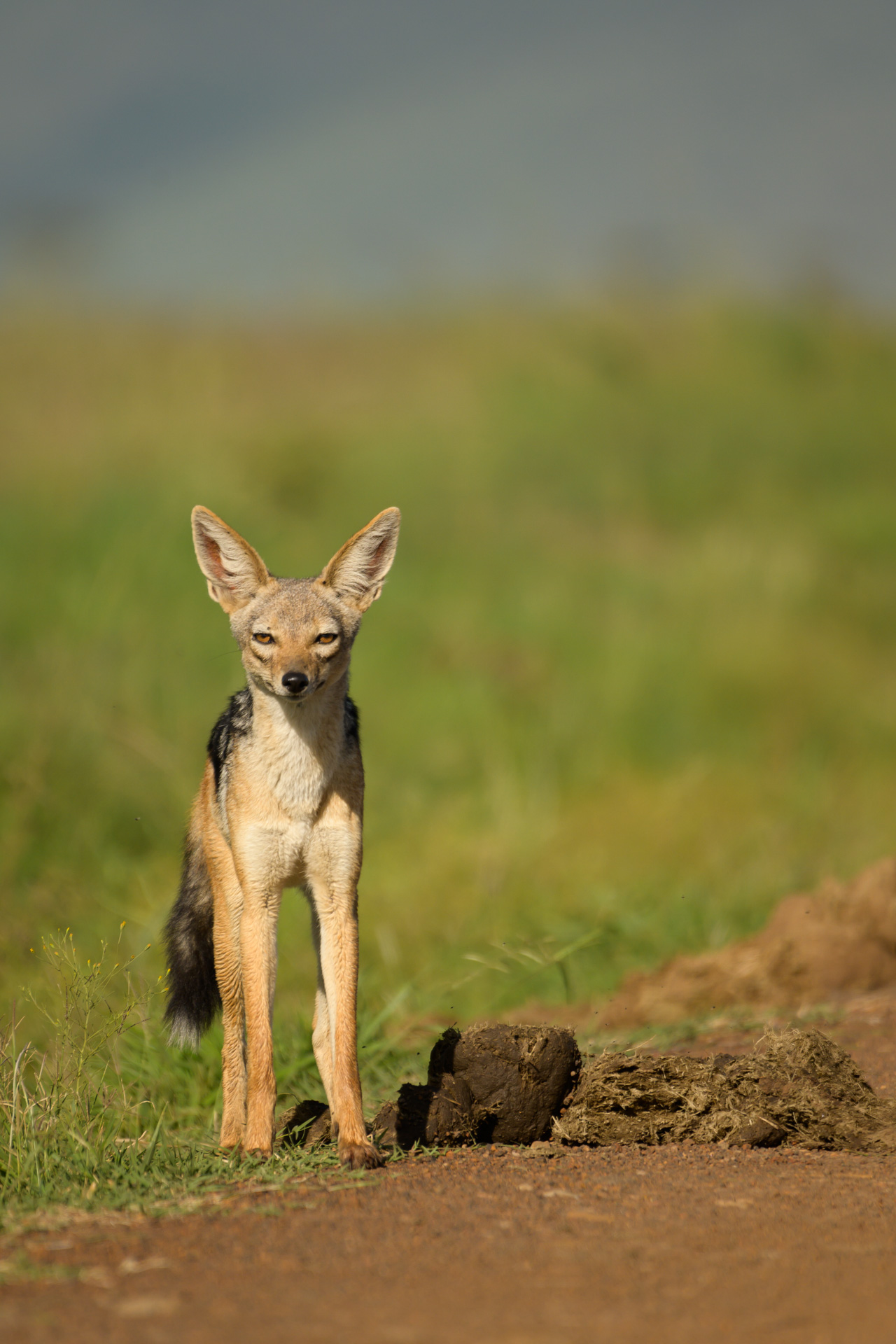
I just love jackals; always looking like they have something mischievous on their minds. Always plotting on how to get their next meal. [f 5.6, 1/2000, ISO 320]

You can see how a lower angle improves this shot and puts you more in touch with the actual jackal. Remember, when you are photographing an animal running directly towards you on the road, to shift your autofocus to AI-Servo (Canon), or AF-C (Nikon and Sony). [f 5.6, 1/2000, ISO 320]

Two sub-adult lions from a pride that wander around the swampy area near the Mara River. Often when I am taking photographs in the harsh sunlight of the middle of the day, I am forced to underexpose a little to darken the light. [f 8.0, 1/500, ISO 160, -0.33]
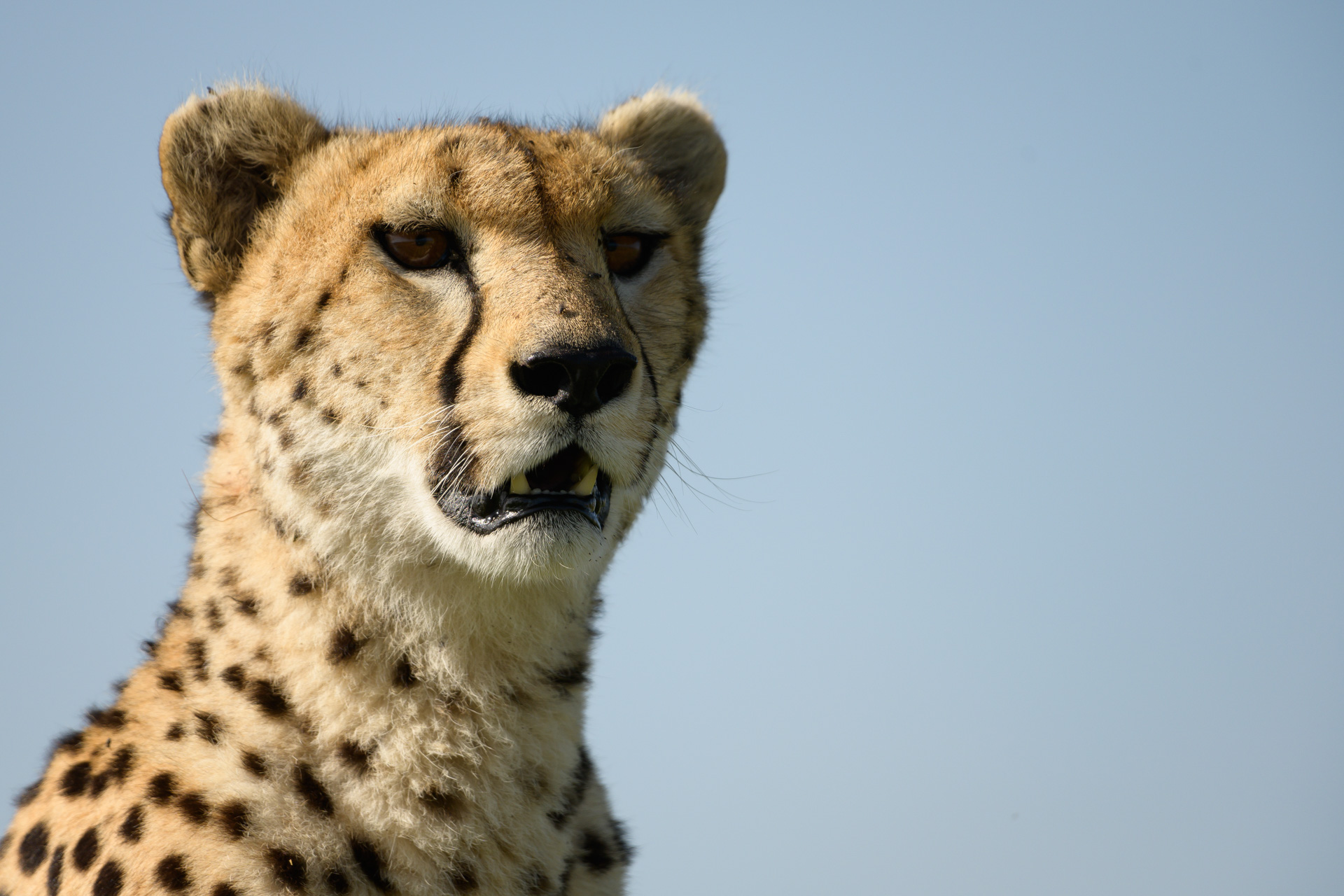
Without a doubt one of the most famous cheetahs of the Mara Triangle: Kakenya. How special it is to spend time with a cheetah on the move, seeing how cleverly she uses termite mounds to give her elevation; coursing the edges of the bushes hoping to flush a scrub hare or find a baby gazelle. [f 5.6, 1/1600, ISO 320, +0.67]
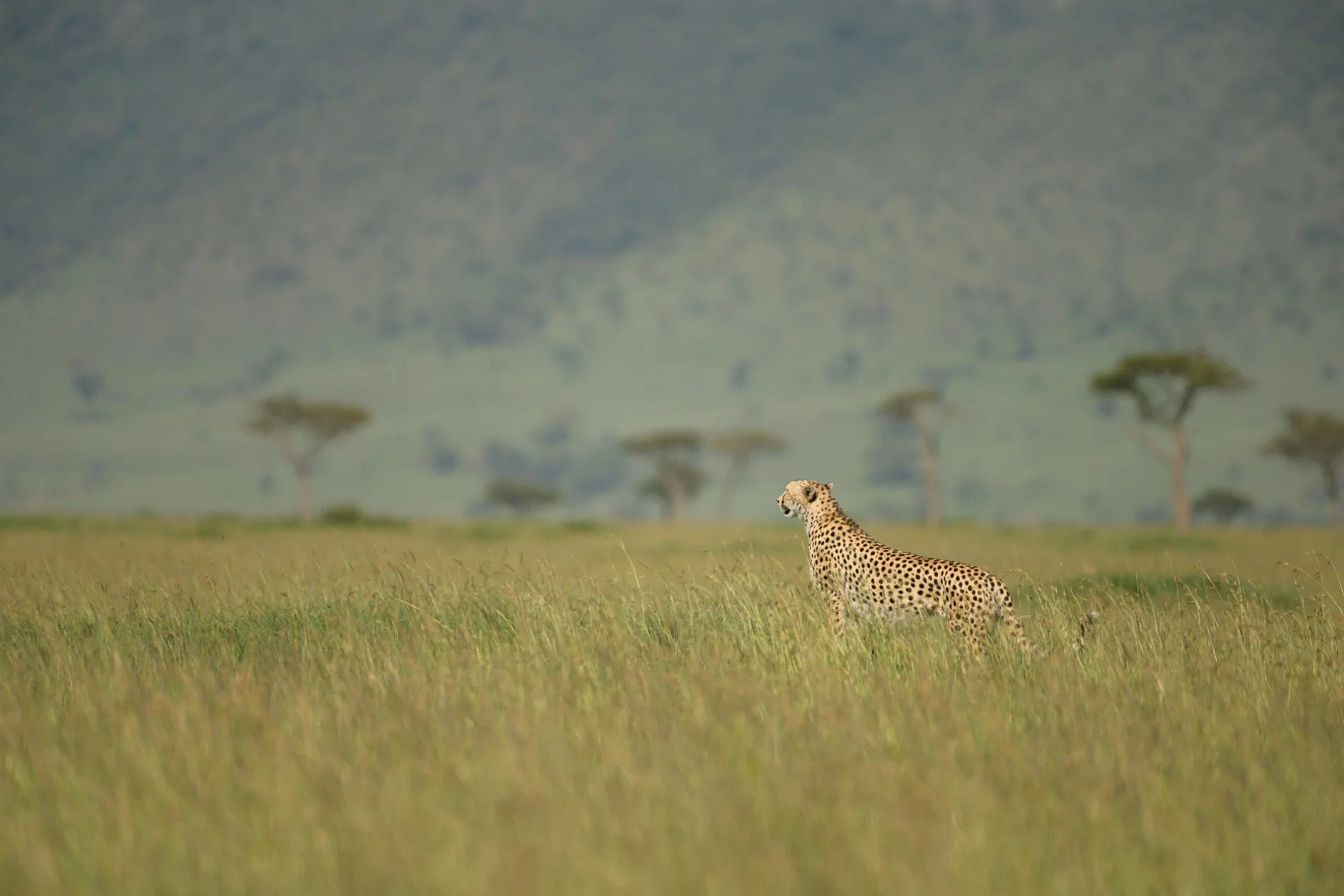
Over the last year I have learnt to love the Oloololo escarpment. It provides such a magnificent backdrop to many photographs and adds that extra dimension and complexity to a story. It immediately provides context to an image. [f 5.6, 1/2000, ISO 320, +0.33]
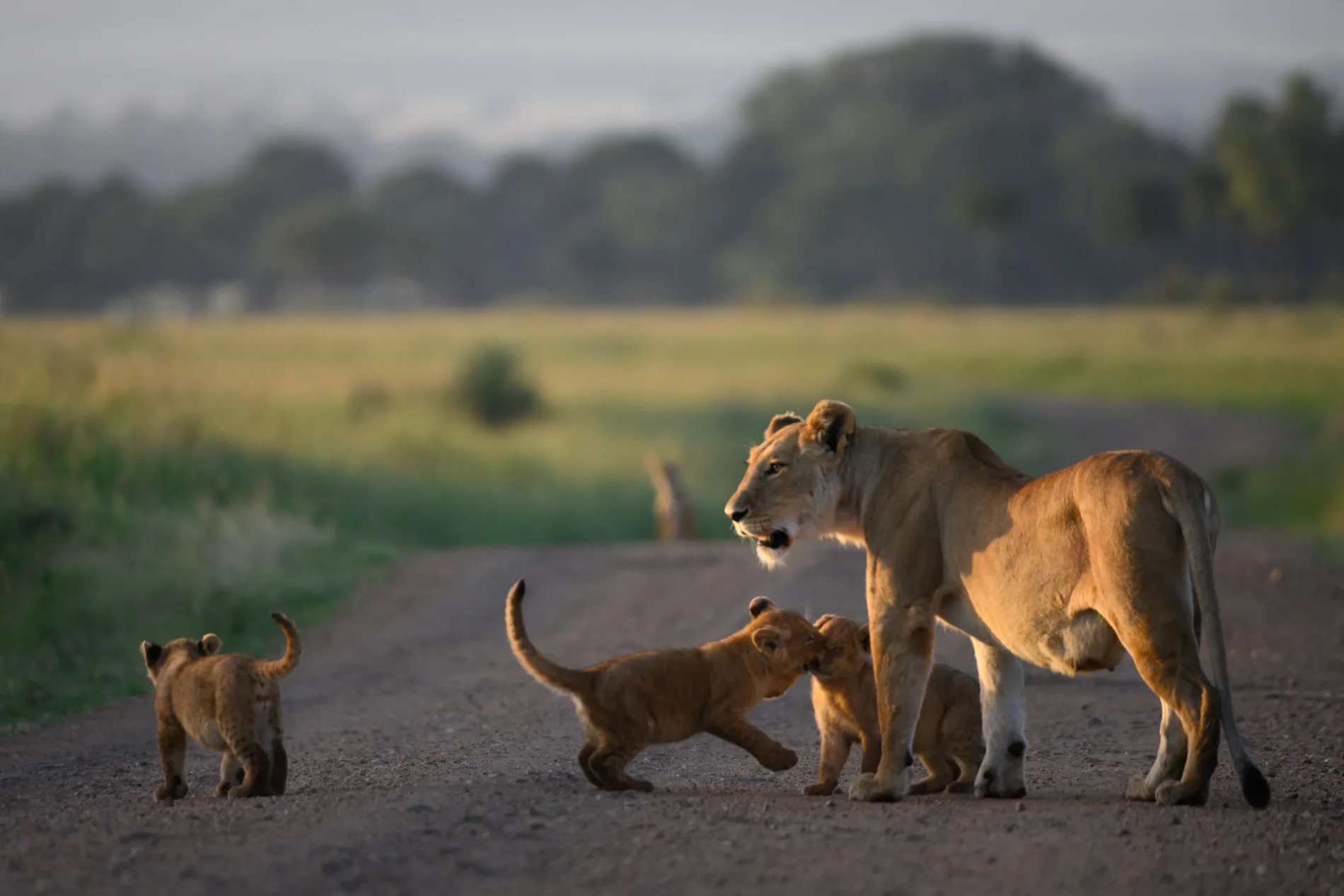
Saving the best news for last. About two weeks ago we had started seeing one of the Angama lionesses and her three small cubs. However, I was not able to photograph them. And then a series of big rains came and we all feared the worst. The cubs disappeared. On Wednesday morning I was out on an early morning drive, when a lioness walked into the road. Trailing her were three gorgeous cubs. Worth mentioning the sneaky jackal in the background trying to work out where his next meal is. [f 5.6, 1/500, ISO 800]
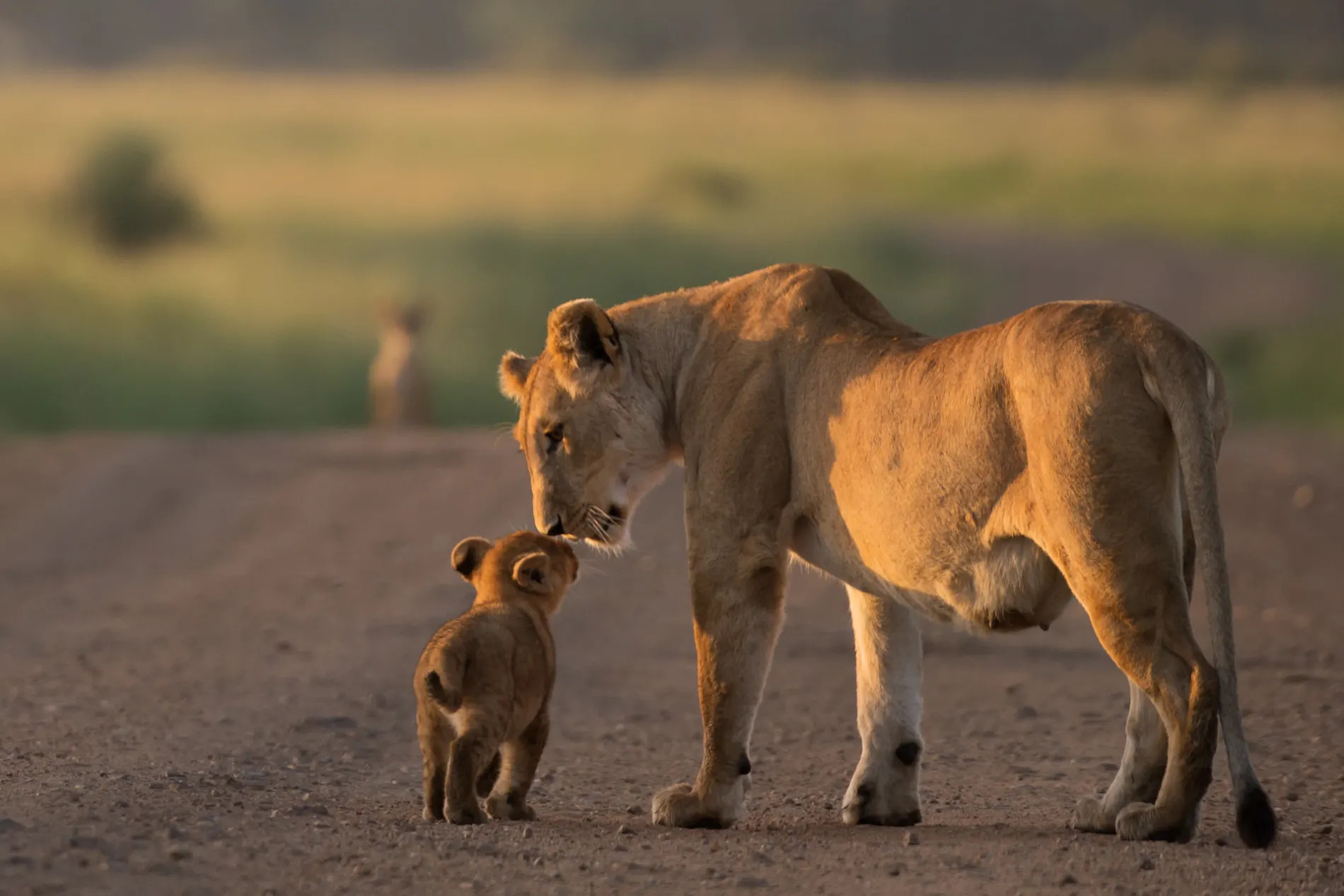
A precious moment. I was so excited I was trembling when I took the shot and hence it is not perfectly in focus. I have spent a year watching this lioness and this was the first time I had properly seen her latest litter. [f 5.6, 1/500, ISO 800]

The following day, again I went out early and tried to imagine where she may have taken the cubs to hide. I was spot on and within twenty minutes I was the only car (and a respectful distance away) enjoying the view of the Angama Pride’s newest additions. [f 5.6, 1/1000, ISO 1000, -0.33]
TAGGED WITH: Birds, Angama Mara, This Week At Angama, Lions of the Mara



COMMENTS (1)
Francis Bagbey
February 1, 2019Love TWAA! Keep it up!
REPLY